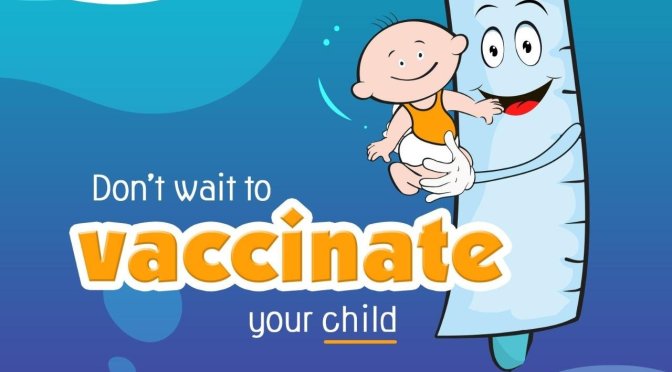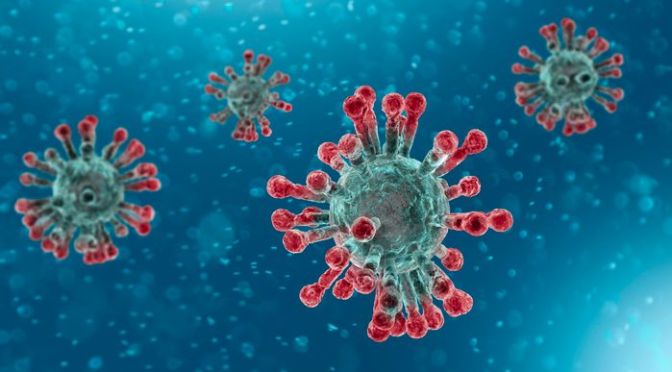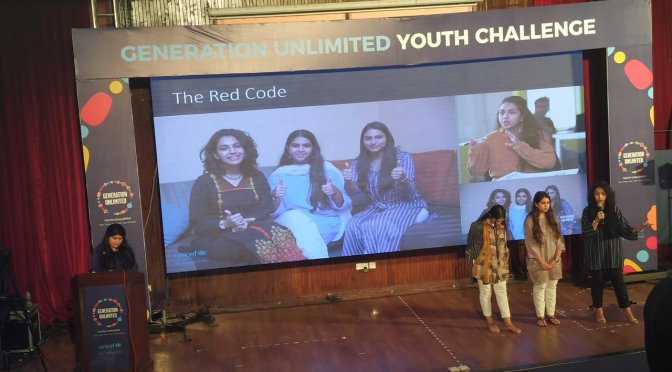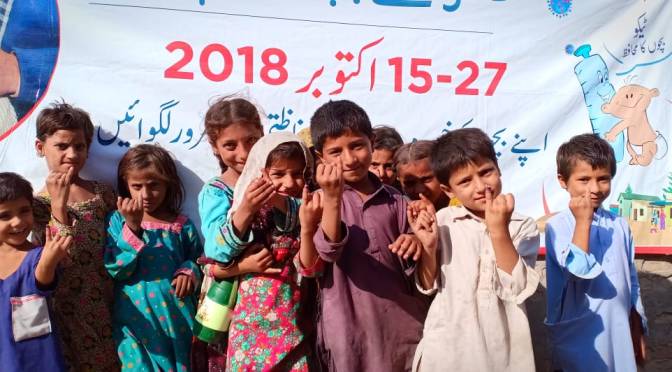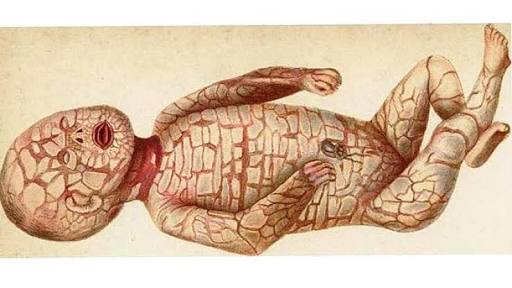For the past few weeks i have been thinking of how to format my thoughts on to this screen. I received a message that a Harlequin baby had been born at the Lady Dufferin Hospital, Karachi. I had only read about the condition. I felt this knot in my stomach. This uneasy gripe when I had first started to blog about all kinds of syndromes, diseases etc five years ago. Over the course of time, writing and documenting about all of ’life’s’ normalities has become second nature. I do not gasp. I do not flinch. I help and document.
But this was different. After a restless night I arrived at Lady Dufferin. Nervous, sleepless and anxious. I was received by the most amazing Neha Mankani who was the messenger. For those who don’t know Harlequin Ichthyosis in lay terms is a severe genetic disorder that mainly affects the skin. “Infants with this condition are born with very hard, thick skin covering most of their bodies. The skin forms large, diamond-shaped plates that are separated by deep cracks (fissures).”* Limbs and organs can be severely effected and the tightness of the skin can force the eye-lids and lips to turn inside out.
After hearing a quick brief, we made our way into the Maternity Ward. The baby was in the NICU under the care of not only a specialised but a very empathetic team. An extremely young girl lay lifeless on the hospital bed. Eyes swollen from a night of non stop crying and spirits broken from not being able to birth a ‘normal’ boy. Almost 36 hours had passed but this girl had not seen her baby. The husband and the elders had strictly told the hospital staff they did not want her to see his sight.
By now I had gathered the gist of situations, stories and stigmas. It was a clear case of generations of cousin marriages. When parents share a common ancestor, it is termed a ‘consanguineous’ relationship and there is an increased risk that they will both carry the same faulty gene variation. If both parents have the same gene variation, there is an increased risk of having a child with a genetic condition. The most common form of consanguineous relationship is between first cousins*.

What I could not comprehend was that the only person in that ward talking about the baby born, was not a family member. Rather it was a facilitator, urging the mom and family to think about the well being of the baby. I sat beside the mom and asked her,
“Aap nay apna baby dekhna hai? – translation: Do you want to see your baby?”
“Mujhey ijazat nahin hai! – translation: I have not been allowed to see him”
After an hour of counselling the mom and revealing to her the true discomfort and pain her baby was struggling with, I saw a spark in her eyes. This session was watched over by both, her mother and her mother-in-law like hawks. Who continued to tell me time and again how it is not possible for them to take “such a baby” home. No where in the discussion did i argue, knowing their financial constraints, their societal ‘embarrassment’ and their mental dilemma.
The only persuasive argument I appealed for, was that the mother see her baby from afar at first. A baby who knew nothing better than the warmth of her womb and the soothing muffled tones of his mother’s voice. Right now he was in an incubator with strangers, in a strange surrounding and hearing strange voices. He had zero comfort, love and warmth.
I left the mother to ponder a while and made my way with Neha to the NICU. If I could dig up every word associated with ‘impressed’ from a thesaurus, I would use them to describe the NICU staff. No where were cameras in sight, no information being leaked to media/social media. They were working round the clock to meet every need of this little baby.
Pure, compassionate and dedicated.
There he was, in that little plastic box. His every breath, movement, feed and urination being monitored. A specialist once told me when Aaliya was going through her surgeries that babies under one can not feel pain. Today I was tearing up on the inside. My heart was aching and my mind could not accept that this child did not know his pain. He did. He yearned for his mother’s comfort.
I touched his little hands wrapped up in protective ointment and gauze to keep him moist. This little angel was suffering because of stubborn decisions made by elders. Lack of information for parents sharing the same faulty genes. Lack of awareness to undergo the right testing and treatment during the pregnancy.
I made my way back to the ward. Determined to counsel the mother, to make way to her baby. Her baby who desperately needed her love and attention. There in that moment, she picked up her C-sectioned body and walked those slow steps to the NICU. From afar she saw a cloth covered baby, only tubes and monitors visible to her. She then cried and yearned to be united with her little. But this was not possible before the husband granted his permission. He was only safe guarding her mental well-being, the girl told me very convincingly.
Many days passed by convincing the parents, the elders and especially the paternal grandfather. Even though Harlequin babies do not survive for too long, it is no one’s right to put a ticker on someone else’s life. Little H.R. was breathing better, feeding better and surviving like a warrior. There was no need of a NICU. There was need for acceptance, love and care.
The family did take H.R. home after requesting for a few days extension. It was a kind gesture on the part of the hospital administration and doctors who allowed for this faciliatation to help the little baby. We were scared that he might be abandoned, discarded, or even be dumped in a garbage block. In less than twenty four hours of H.R.’s discharge we heard of his passing away. My heart and mind were already prepared for his lack of survival. It is not my place to condemn the family for faltering, foul play or their negative attitude.
I condemn lack of awareness, lack of tolerance, lack of empathy and lack of counselling.
Rest in Peace Baby H.R.
Thank you NehaMankani for being the power house you are. You are a force to be reckoned with.
Thank you NICU Lady Dufferin and keep doing the amazing work you do!
Written by: Rabia Aziz Rizvi
Join her group Special Needs Pakistan and contribute to make lives better.
Editor’s Note: Harlequin ichthyosis is a severe genetic disorder that mainly affects the skin. Infants with this condition are born with very hard, thick skin covering most of their bodies. The skin forms large, diamond-shaped plates that are separated by deep cracks (fissures).
Thanks for reading. Mind sharing?



